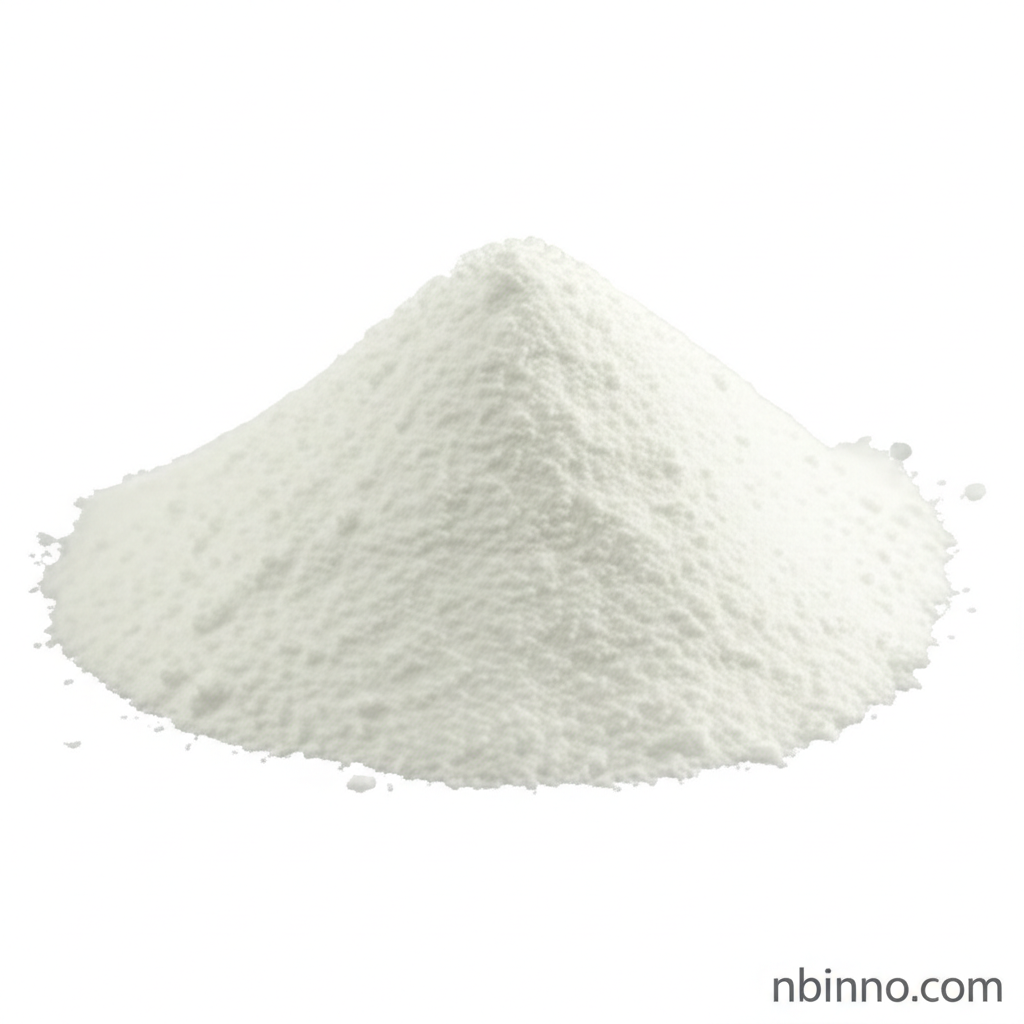Unlock the Potential of 3,3'-Diindolylmethane: Your Guide to Applications and Benefits
Discover the potent health benefits and research applications of this remarkable compound.
Get a Quote & SampleProduct Core Value

3,3'-Diindolylmethane
3,3'-Diindolylmethane, commonly known as DIM, is a key metabolite of indole-3-carbinol, a compound abundant in cruciferous vegetables. It is recognized for its powerful biological activities, particularly as a strong, pure androgen receptor (AR) antagonist. This makes it a significant subject in various health research areas, including hormonal balance and cancer prevention.
- Unlock the benefits of indole-3-carbinol metabolite research with our high-quality 3,3'-Diindolylmethane.
- Explore how this compound can activate cytochrome P450 enzymes for enhanced metabolic studies.
- Investigate its potential as an apoptosis inducer in cancer cells, a key aspect of anticancer agent research.
- Learn about the in vitro study applications and in vivo animal models that demonstrate the efficacy of DIM.
Key Advantages
Androgen Receptor Antagonism
As a potent 3,3'-Diindolylmethane androgen receptor antagonist, this compound plays a crucial role in modulating hormonal pathways, making it valuable for endocrine research and potential therapeutic applications.
Cancer Cell Modulation
Its ability to induce apoptosis in cancer cells positions it as a promising anticancer agent, a critical area for ongoing research and development in oncology.
Metabolic Pathway Activation
The activation of cytochrome P450 enzymes by DIM is vital for understanding drug metabolism and detoxification pathways, offering insights for pharmaceutical research.
Key Applications
Health Supplement Research
Investigate the use of DIM as a nutritional supplement, delving into its properties and potential health benefits based on scientific studies.
Pharmaceutical Intermediate
As an active pharmaceutical ingredient, its precise chemical properties make it a crucial component in the synthesis of novel therapeutic agents.
Cellular and Molecular Biology
Researchers utilize DIM for in-depth studies on cellular processes, including apoptosis and receptor signaling, furthering our understanding of disease mechanisms.
Oncology Drug Development
The compound's antineoplastic properties are actively explored in the development of new cancer treatments, contributing to advancements in the field.
Related Technical Articles & Resources
Why Choose Us?
Leverage our expertise and state-of-the-art infrastructure to accelerate your journey from discovery to commercial success.
Global Experience
With 20 years of R&D, manufacturing, and sales experience, we proudly serve clients across 60 countries and regions worldwide.
Advanced Facilities
Our in-house R&D laboratory, pilot platform, and large-scale production workshop are equipped to meet the audit requirements of global customers.
Seamless Scalability
We facilitate a perfect transition from small-scale lab requirements (grams) to full commercialization (hundreds of tons).
